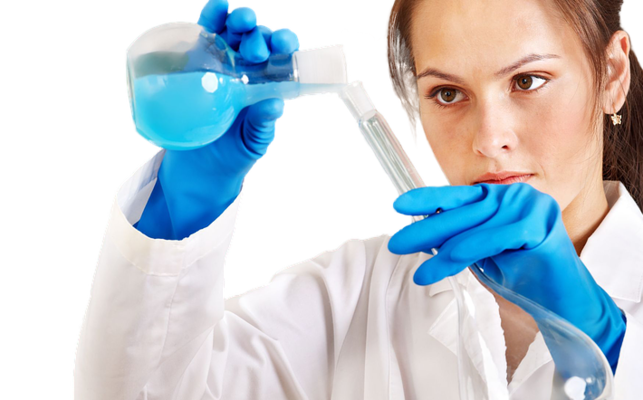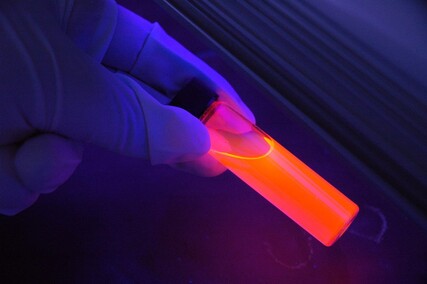Molecular probes for Ascorbate detection
- 領域
- Research Tools and Methods
- Patent
- IP00638
Technology Overview
- Ascorbate or ascorbic acid, or Vitamin C, is extensively used as an additive in food products. It is also an important cellular component that mediates many different biochemical/enzymatic reactions. Methods for detection and quantification of ascorbate in biological and food samples are therefore highly valuable bioanalytical tools.
- The invention describes a method for designing and synthesizing various stimulus responsive materials that are activated by ascorbate.
- It employs a biomimetic strategy using copper complexes to mimic the active site of some copper monooxygenases for selective ascorbate-triggered oxidative bond breaking reaction.
- The fluorescence response is also highly selective to ascorbate over a wide range of potential interferences including other biological/inorganic/organic reducing agents, other vitamins, sugars, catecholamines, amino acids, organic acids, metal ions, reactive oxygen species and most importantly dehydroascorbate, the oxidized product of ascorbate.
Advantages
- Direct detection of ascorbate/ascorbic acid.
- The detection of ascorbate of the current probe (Cu(II) Compound #1) is specific and is not affected by reducing agents and radical/paramagnetic species in the sample.
- Ascorbate induced fluorescence enhancement can be as high as 200-fold.
- High selectivity of the trigger towards ascorbate over numerous potential interfering chemicals.
- High modularity for developing different ascorbate-responsive materials.
- Fast response time.
Existing devices or processes and their shortcomings
|
Existing devices or processes and their shortcomings |
|
|
HPLC (High performance liquid chromatography) method |
|
|
Fluorometric/colourmetric Assay : OPDA method
|
|
|
Fluorometric/colourmetric Assay : FRASC method
|
|
|
Fluorometric/ colourmetric Assay : oxidation method
|
|
|
|
|
Potential Product and Applications
- Fluorescence sensor for detecting ascorbic acid in food, clinical, plant and pharmaceutical analysis.
- Can be used on live biological samples.
Development and IP Status
- US granted Patent – US 10018623



